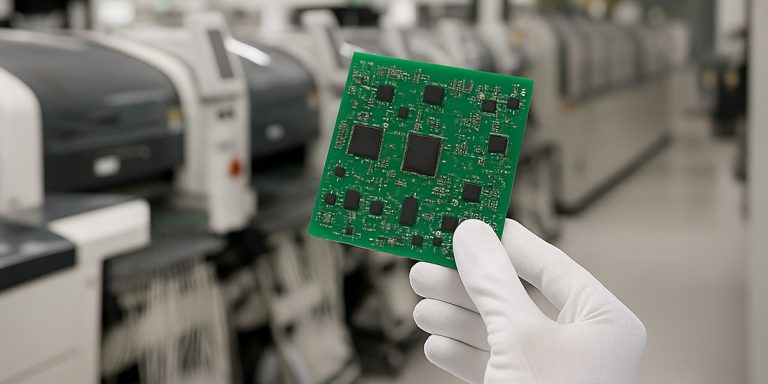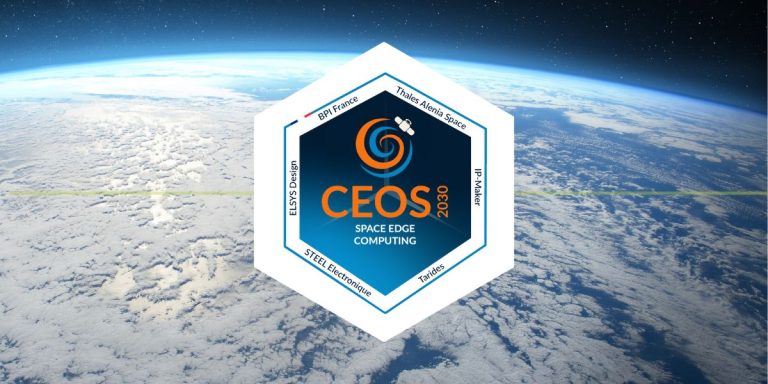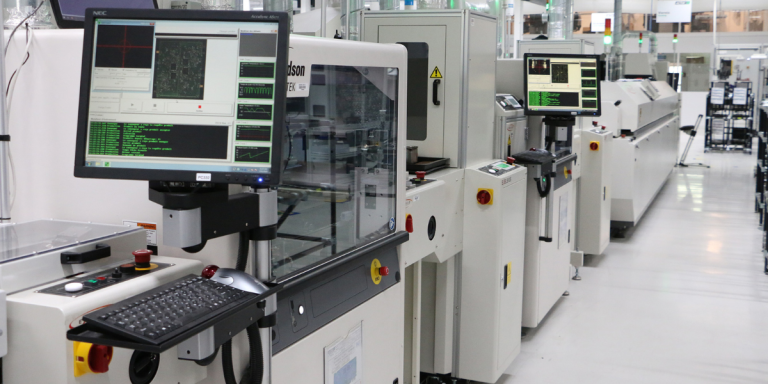When it comes to sustainable transport, it is difficult to balance operating costs and environmental impact. Any community attempting the energy transition of its bus network faces various imperatives:
- controlling the costs of this transition;
- optimising the operating costs of a new energy fleet;
- controlling the cost of ownership of the new energy buses, which are often more expensive to purchase;
- meeting government requirements in terms of environmental performance (carbon footprint).
Although diesel is still the benchmark energy source, and the most efficient in terms of direct costs, alternative solutions can allow a graduated response to the challenge of reducing the environmental impact of transport. Let’s take a look at how telemetry, by optimising the costs of managing a mixed fleet, can contribute to a successful energy transition of urban bus fleets.
The energy transition of fleets: The move towards mixed-energy fleets
When we think about the energy transition of public transport fleets, the first technology that comes to mind is electricity. However, electric transport has its limits in terms of both vehicle range and environmental impact.
In addition to electric vehicles, France’s law on energy transition for green growth includes gas-fuelled vehicles with a minimum proportion of gas from renewable sources (30% from 2025) in the definition of clean vehicles.
In this context, natural gas for vehicles (NGV) technology, which is mature for buses, has returned to the fore. It offers advantages in terms of range and cost. However, to use this technology, we need access to biogas for vehicles: NGV from renewable sources, obtained through the anaerobic digestion of waste.
Promising results have also been glimpsed with another technique. It relies on the use of dihydrogen (H2) produced by water electrolysis. This method has good environmental performance in France but requires large amounts of energy.
Finally, other solutions based on more “exotic” so-called transition energy sources are also being studied and could be useful in certain areas. In particular, these include the use of biofuels. However, no existing technology adequately meets both the economic and environmental criteria. For this reason, operators today are turning to a transition that integrates mixed energies for their bus fleets.
To support them in this process, ACTIA offers a telemetry service that is compatible with new energy buses. The fleet management telematics platform, MyACTIAFLEET New-E (for New Energies), incorporates highly specific data from the vehicles that make up today’s fleets: NGV, electric, hybrid and soon hydrogen. As a result, the new platform enables public transport network administrators to make better use of vehicle data, whatever the vehicle’s engine type.
The criteria to analyse for a successful bus fleet energy transition
The successful energy transition of a bus fleet requires the detailed analysis of very specific criteria. These criteria are particularly decisive when it comes to choosing appropriate technologies:
- the vehicle range;
- the vehicle refuelling/recharging time (the time required to supply the vehicles with energy);
- the security of the clean energy supply (low-carbon or renewable);
- flexibility in the development of the transport offer (the routes of commercial lines in particular);
- the overall investment costs;
- the overall operating costs;
- the local environmental impact over the whole life cycle of the technology;
- the overall environmental impact over the whole life cycle of the technology.
A precise and appropriate management of fleet usage and behaviour is therefore essential for the successful energy transition of public transport fleets. This is why ACTIA is offering all its expertise in telemetry: data collection, transmission and storage, but also its expertise in predictive diagnostics to help operators observe and analyse their fleet.
Telemetry: The power of data reports
Rapid and regular examinations of telematics data help demystify the fleet range. One way of better understanding the variability of ranges is to analyse data and draw up reports. The information in the report will include the distance travelled by the vehicles in each season or on particular routes. The data help operators to make reliable forecasts for their network.
With telematics, controlling the TCO of diesel buses stopped being a problem for operators long ago. The main operating costs of diesel vehicles fall into three categories:
- rolling stock (the vehicles): i.e., the purchase cost;
- vehicle maintenance;
- and the cost of fuel.
Today, with clean technologies, it is necessary to take into account the cost of the infrastructure and of replacing certain components, such as the battery or fuel cell. This is why the ACTIA telemetry service has been developed to meet the need for accurate monitoring of new parameters, such as the variation in the vehicle’s charge level or the temperature of the batteries.
Telemetry to manage battery state: SoH and SoC
Predictive maintenance
The MyACTIA Fleet NEW-E maintenance and remote diagnosis module includes all the technical elements necessary for real-time monitoring of the state of health of a fleet of vehicles: dashboard lights, fault codes or monitoring for different vehicle parameters.
This module also integrates indicators specific to New Energy vehicles such as SoC (State of Charge) and SoH (State of Health) when this information is provided by the vehicle.
Predicting battery lifespan: SoH
Battery lifespan depends on the number of charge cycles. Lithium batteries are very powerful. Each cell needs specific monitoring to guarantee reliability and a long lifespan. This means each individual cell of the battery pack must be monitored, to avoid usage outside of the chemical, thermal and electrical specifications. This is the role of the BMS (Battery Management System).
The BMS ensures the charge balance of all the battery’s cells. All of these functions play an essential role in efficiency and battery lifespan. The ACTIA Battery Management System (BMS) solution monitors the State of Charge (SoC) and the State of Health (SoH) of the battery.
Managing battery charging times and their variations: SoC
When observing the detailed cycles of charge and discharge to increase battery lifespan,
you can use a platform such as MyACTIAFleet New E, which will create reports full of valuable information. You can then make the required changes according to the billing frequency and your route.
When using batteries, it is also necessary to study external usage factors: outside temperature, slope, driving behaviour, etc. These data affect the range of electric buses in commercial conditions.
Consequently, in their analysis, operators must bear in mind different weather conditions and seasonal changes, which naturally affect the range of buses. Analysis of the data over a period of time allows different seasons to be modelled and the calendar to be planned, taking into account these variations.
OTA: Over the Air
ACTIA’s telemetry service allows the operator to download the programmed configuration via OTA (Over-the-Air), the remote communication and data transfer technology. The fleet manager can then create a set of data regarding the electric vehicle battery’s SoC (State of Charge) and monitor all the on-board devices linked to the SoC. This service allows them to remotely download (OTA) the dataset subscription package to the ACTIA Gateway.
The many possibilities for sampling the data collected allow the operator to optimise vehicle battery lifespan. Therefore, through a very detailed observation of the cycles of charge and discharge, they can preserve the manufacturer’s guarantee.
Using telemetry to manage the carbon footprint of a mixed fleet
Monitoring consumption and emissions
To help manage consumption monitoring in mixed fleets, myACTIAfleet presents all the consumption results according to the energy used: Diesel, NGV, electric and soon hydrogen.
In addition, on NGV vehicles—for which vehicle consumption data are not readily available—ACTIA has developed an innovative algorithm that reconstructs NGV consumption to provide operators with a level of information comparable to other engine types.
Evaluating eco-driving performance
Driving an electric vehicle is different from driving a combustion engine vehicle. For example, when driving an electric vehicle, the regenerative braking percentage is an important criterion, since it contributes to improving the vehicle’s range. This criterion has been added to the individual driver assessment and the mandatory driver training module of MyACTIAFLEET.
All the energy systems provide an immediate response to air quality issues. Bus technologies are changing fast, thanks to the reporting of telemetry data and the use of these data by manufacturers. They are the main users of telemetry, in particular in their efforts to stabilise on-board technologies in new energy vehicles to benefit both fleet operators and users.
Visit public transport website Contact our Public Transport experts






